Are you a beginner when it comes to horses? Learn about crucial mistakes that beginners can fall victim to, complete with advice from experienced horse owners and equestrians on how to avoid them.
A few years ago, when my daughter joined 4-H, she decided she wanted to show her horse for the first time at our county fair. I’ve had horses for a long time, but horse shows? That was brand new territory for us; we’re more of a trail riding family. So, I had to dive in and learn a whole lot of new things. Some tips came from other experienced equestrians, but most lessons I had to figure out the hard way.
The thing I love most about horses is that no matter how long you’ve been around them or how much you think you know, there’s always something new to learn. It got me thinking—what advice would seasoned horse people share with beginner equestrians? Because, let’s be honest, it’s so much better to learn from others’ experiences than the hard way.
Below, experienced equestrians share lessons that beginner horse people should learn in order to avoid mistakes.
Not Double-Checking Everything
“Double-check gates, stall doors, and the water spigot before leaving the barn.” – Vicki Barker Hagerman
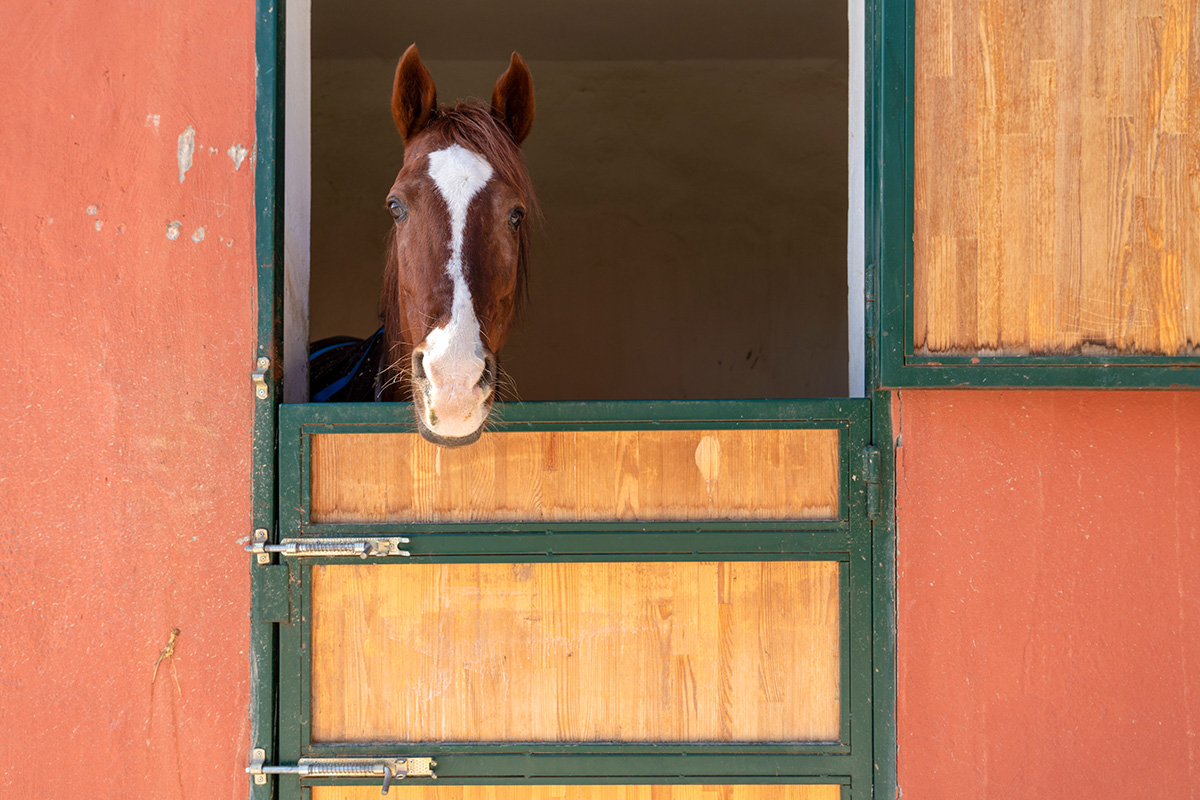
Whether you board your horse or keep them at home, someone is footing the utility bill. Leaving a hose running or lights on all night isn’t just wasteful—it’s expensive. And leaving a door or gate unlocked? That could mean theft or, even worse, a horse on the loose. Don’t even get me started on leaving the feed door open. Houdini horses can eat themselves sick—or worse. Take Santa’s advice: make a list and check it twice.
Not Tying Horses Securely
“Tie horses to something solid—not a rollaway trash can, swing set, or car door latch!” – Marlene Amos Sanders
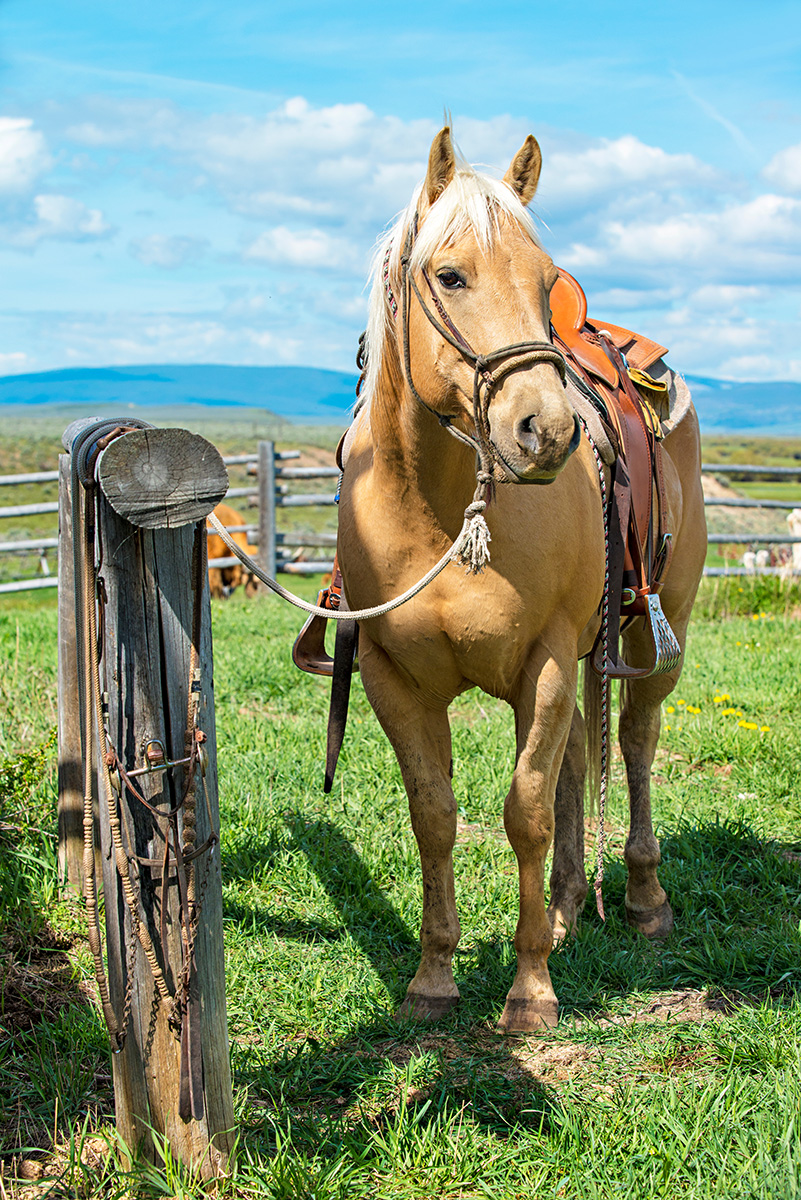
Horses are experts at scaring themselves. If they’re tied to something that moves easily, a simple spook can turn into a runaway disaster. And gates? Avoid them too. Horses can push through or even get their heads stuck, which is a recipe for heartbreak.
“Learn to properly tie a lead rope so you can untie it easily if a horse pulls tight.” – Charlie Brown
Speaking of ropes, emergencies happen. You don’t want to wrestle with a complicated knot when every second counts. A quick-release knot is a lifesaver, and you can learn it in minutes with a few online videos.
Not Leading Horses Properly
“Don’t wrap lead ropes around your hand.” – Marla Miles
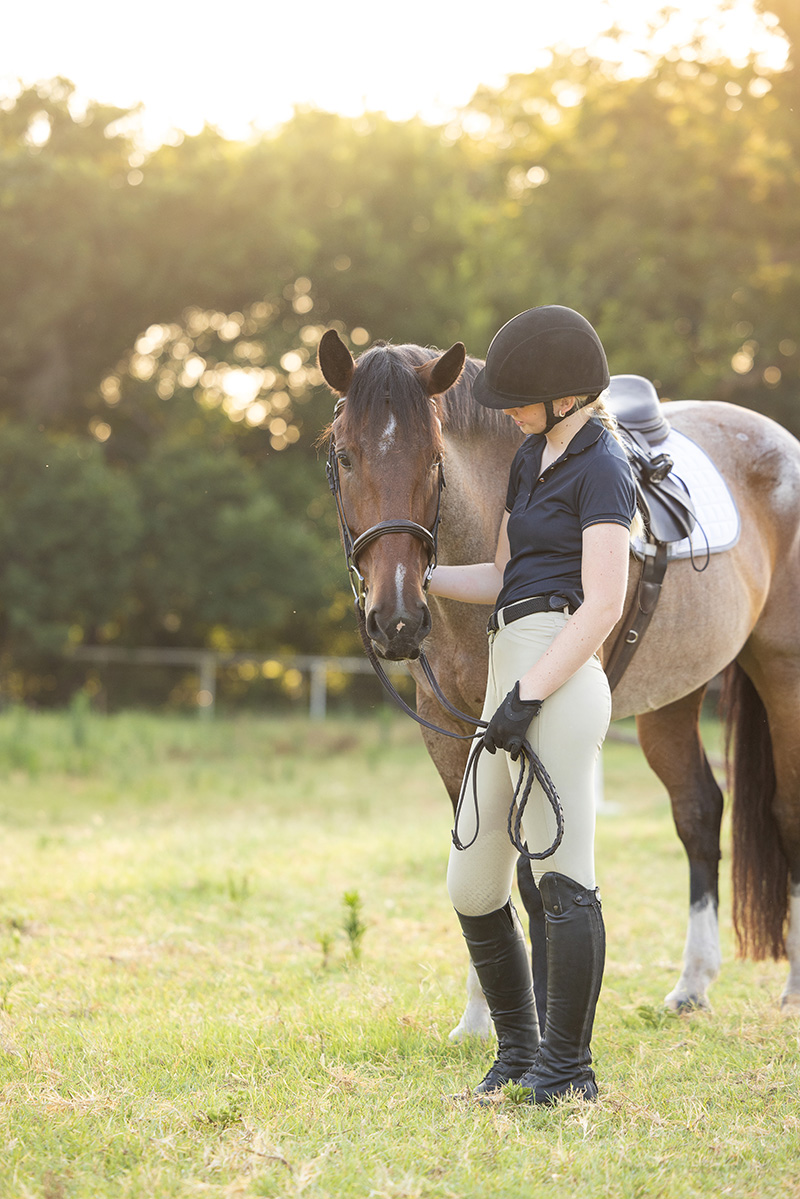
It’s easy to fall into the habit of looping a rope for a better grip, but it’s really risky. Even experienced horsemen have gotten seriously injured—or worse—when ropes are wrapped around their hands or thrown over their shoulders. Always keep your hands and body clear of any rope loops, and never lead a horse by just his halter either. And here’s another tip: never stand or sit directly in front of a horse. When they get spooked, they’ll usually bolt straight forward away from danger, and that’s the last place you want to be.
Dangerous Trailering Practices
“Always untie your horse’s head and attach a lead rope before opening the rear door and dropping the butt bar. Otherwise, the horse may panic and hurt itself.” – Kathy Lunsford
“Don’t tie horses in trailers with bungee snaps. Too many have lost an eye that way.” – Sharon Redmon
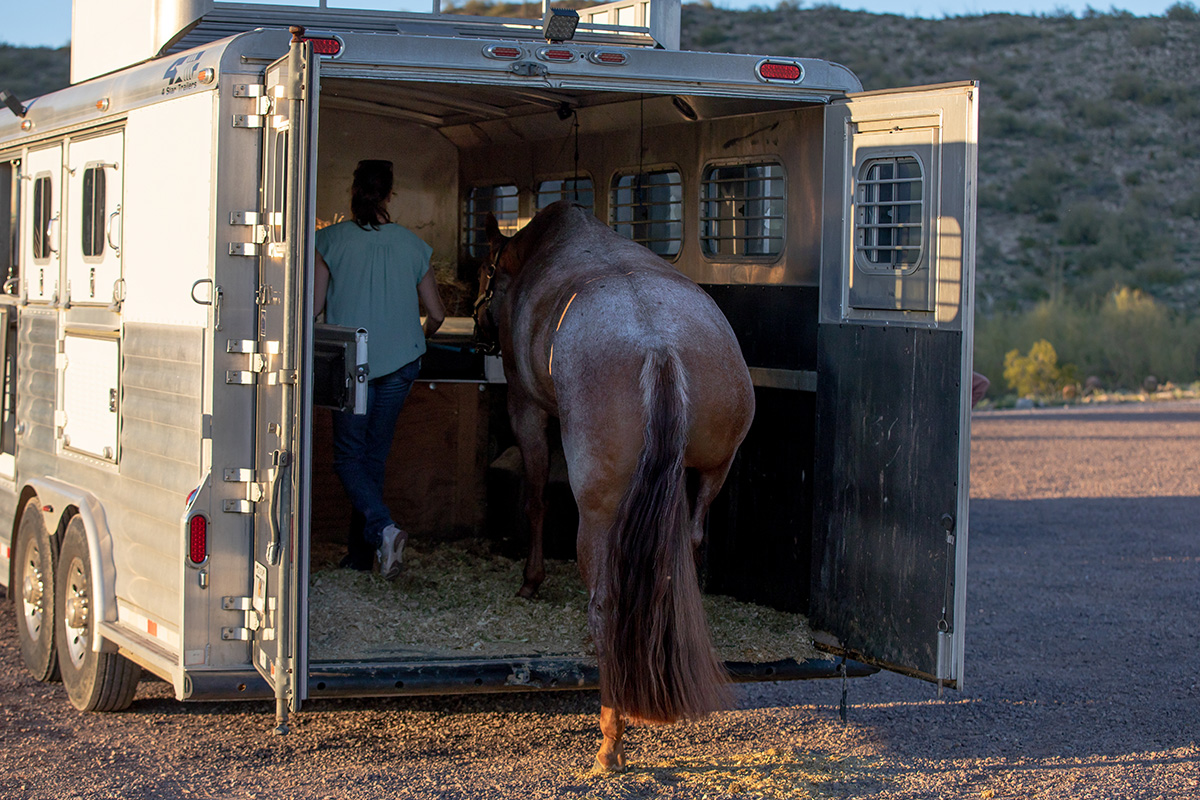
Trailering horses is a science and an art. We protect our horse with leg wraps and eye shields; you never know when hay will fly around or a hard stop could cause them to lose balance. And double-check the truck and trailer connections and test the lights before heading out. A small oversight can quickly escalate into a dangerous situation, so take your time and do it right.
Also Read: Horse Trailer Safety
Choosing the Wrong Farrier
“Pick a farrier that knows what they are doing because if they don’t, they can ruin your horse. My daughter’s horse stood camped in when we got him but the farrier fixed the angles and now he stands correctly.” – Kathleen Albin
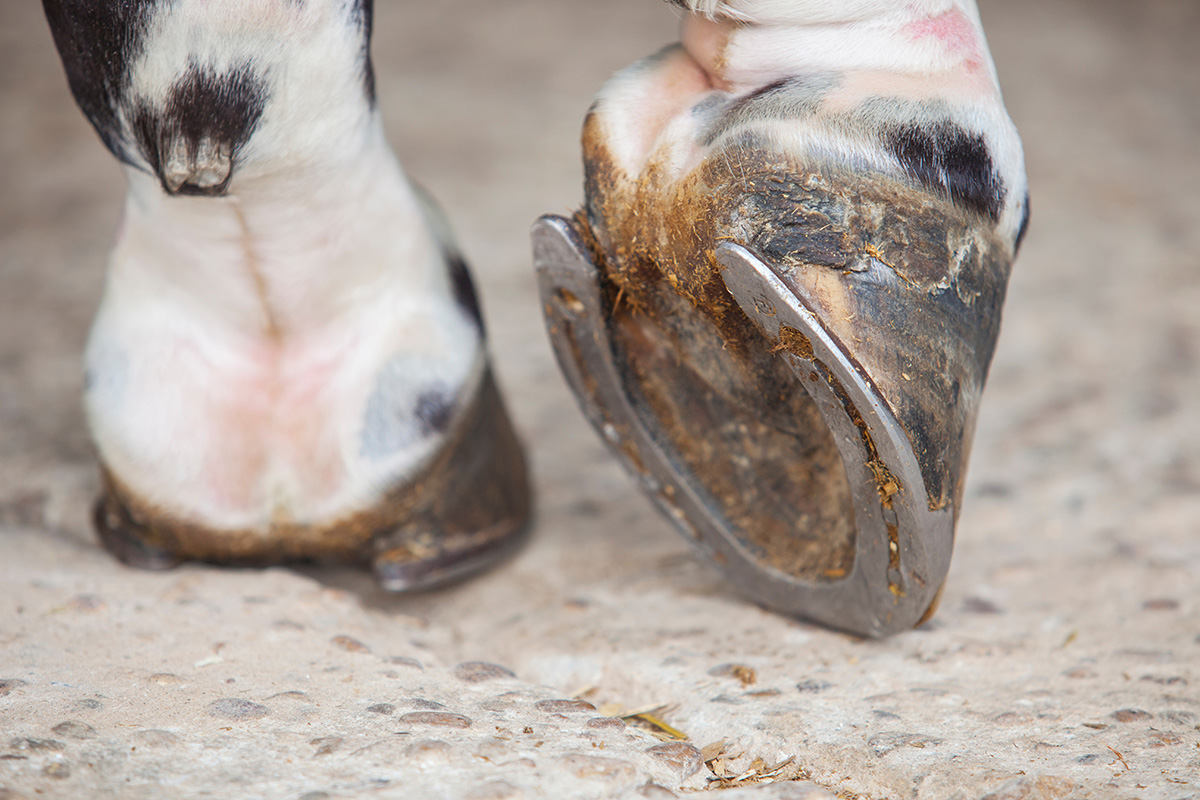
Choosing the right farrier is key, whether your horse just needs a trim, a new set of shoes, or some rehab care. Imagine wearing wedge sandals without a break for a few days—and then switching them around and wearing them backward. Your feet would be sore, right? Well, if a horse’s hooves aren’t trimmed at the right angle, it can cause serious pain and even lead to bone issues in the hoof. Always ask for references from trusted sources, including your veterinarian.
Also Read: Horse Career: Farrier
Failing to Check Equipment
“Check your equipment for wear—especially latigos and stirrup leathers. I used a friend’s saddle, the horse crow-hopped, and the saddle—and I—went flying.” – Vicki Barker Hagerman
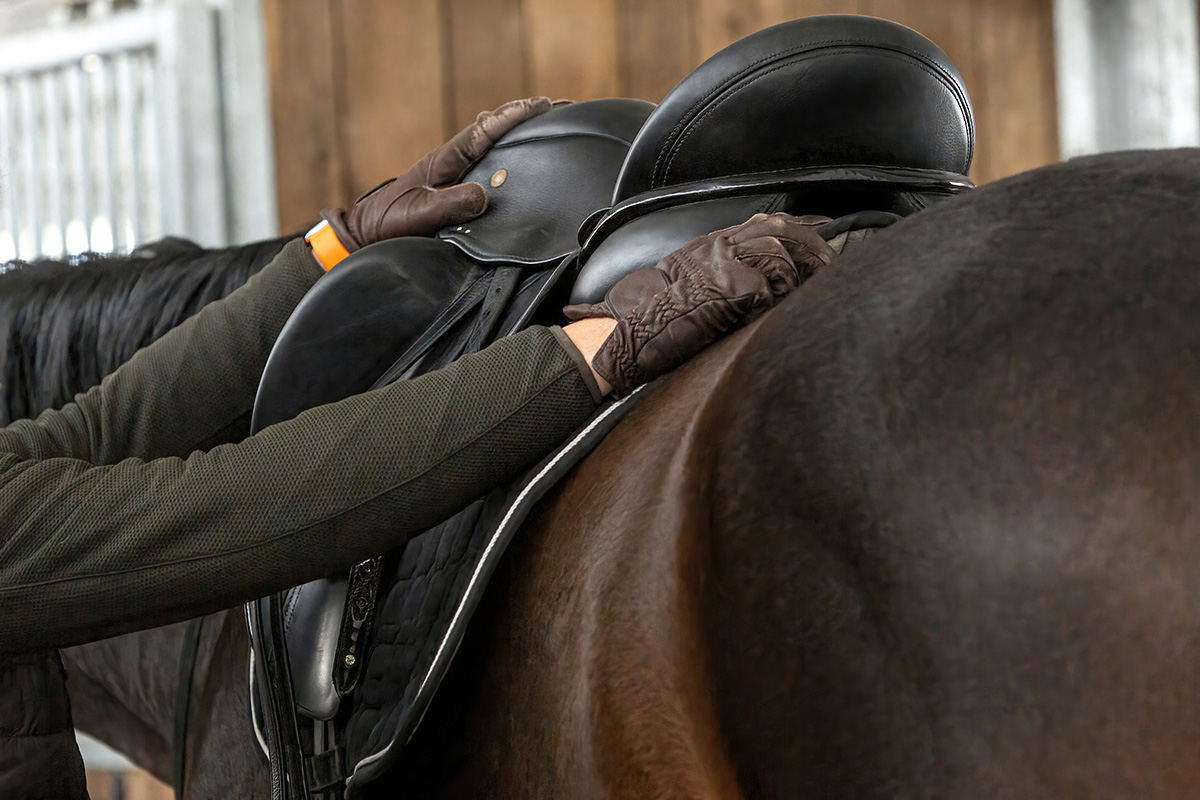
Take a few extra minutes to ensure everything is in good condition, fits properly, and is securely fastened. Everyone has mishaps, but you don’t want to discover your tack’s issues while flying toward the ground.
Also Read: Tack Safety Checklist
Improper Feeding Practices
“We fed our horse two flakes of hay in the morning and two flakes at night. When he got an ulcer, the vet told us to use a slow feeder. He’s never had a problem since.” -Krickett S.
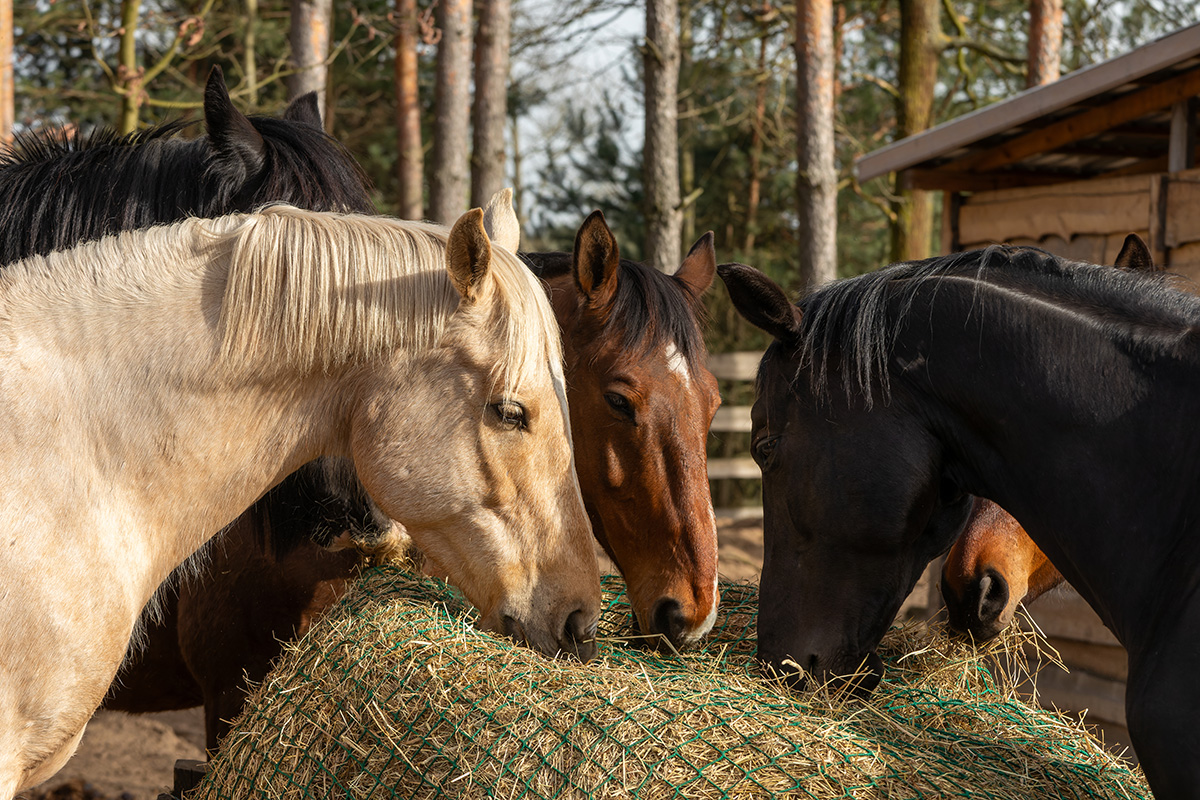
You might think since wild horses graze on grass, shrubs, and whatever they can find, it’s fine to feed your horse the same way. But that’s not quite the case. Proper equine nutrition is crucial, and each horse has its own individual dietary needs. For example, different breeds have different needs, and some are tougher than others.
The key point to remember is that horses need to eat regularly throughout the day to prevent acid buildup in their stomach, which can lead to ulcers. This is why, in the quote above, slow feeders are often a great choice for your horse. At the end of the day, your horse’s nutrition is all about providing the right balance to keep him healthy and happy.
Also Read: Rules to Feed a Horse By
Not Asking Permission
“Always ask before tending to another person’s horse, even if it seems like common sense.” – Laurie Ball
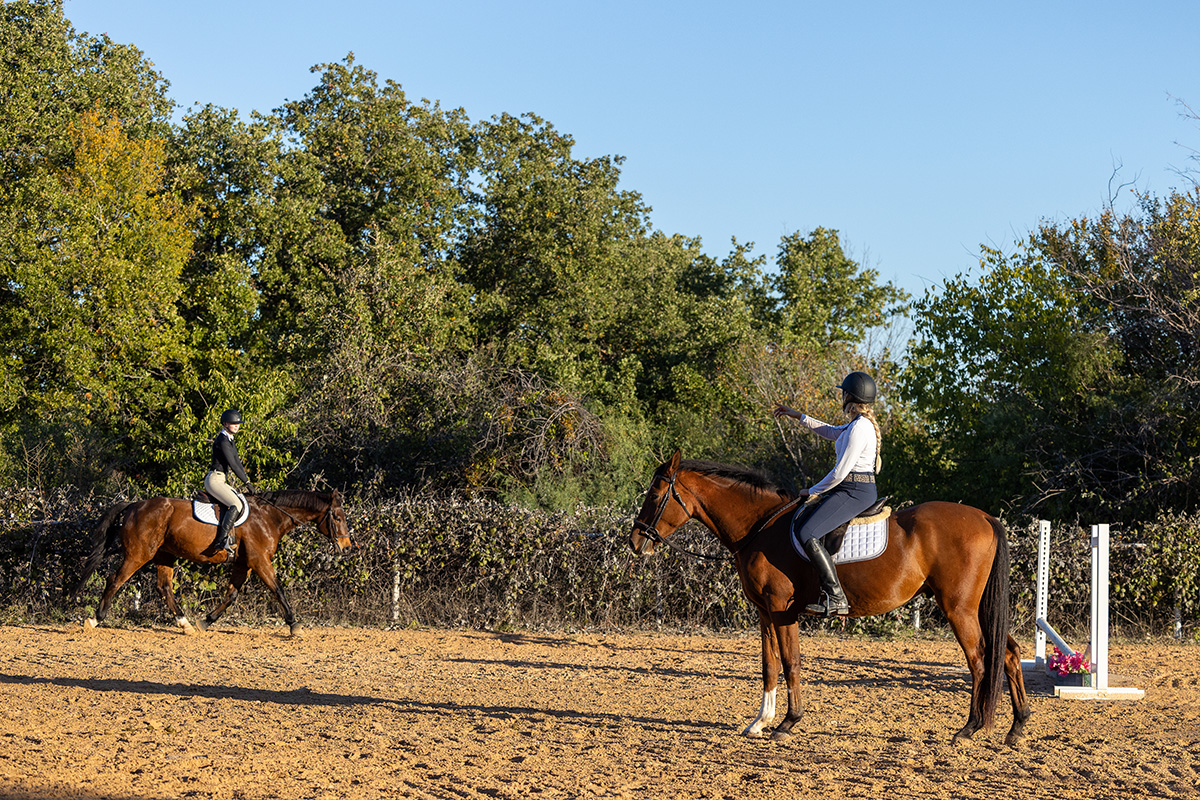
Sometimes when we see something happening, we want to jump in and be good helpers, but it’s not always the best idea. Good intentions can sometimes lead to bad outcomes. Unless it’s an emergency, always check with a horse’s owner before stepping in to help. The same goes for borrowing property—ask before you use someone else’s gear.
Making a Mess
“Avoid leaving halters attached to cross ties—it’s an accident waiting to happen.” – Stephanie Fries Tippmann
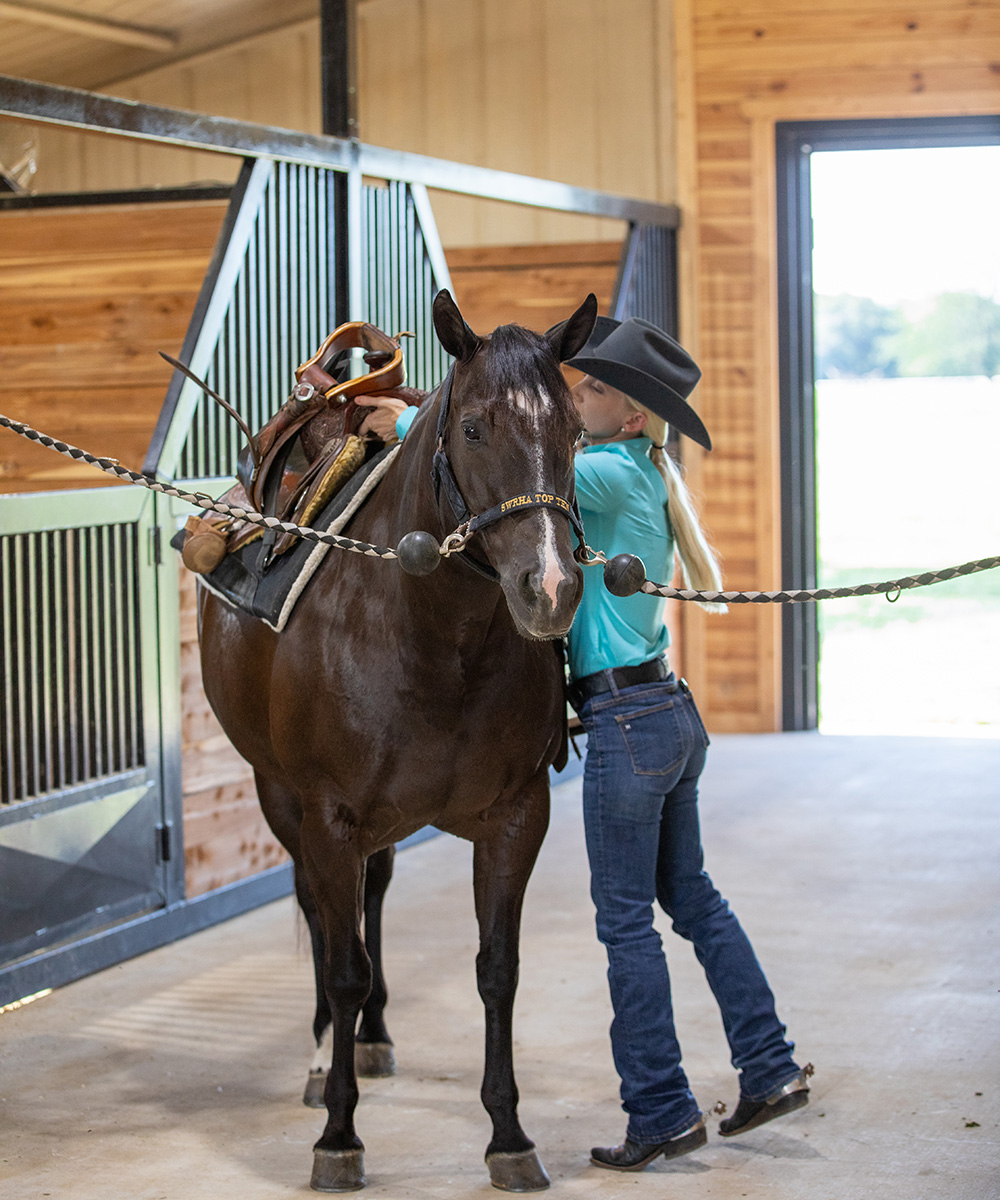
There’s nothing worse than walking through the aisleway and stepping in a big pile of poo because someone didn’t clean up after their horse. Cleaning up isn’t just about courtesy; it’s about safety. A cluttered barn aisle or misplaced gear can lead to injuries for horses and people alike. Plus, nobody wants to step in something—or trip over something—that shouldn’t be there.
Not Being Prepared
“Wearing your cowboy hat backward in a class: been there.” – Katie Hester
“Forgetting gear like boots or helmets is a common mishap at shows. As a kids’ lesson instructor, I’ve seen it all—from missing show patterns to leaving saddles at home!” – Hannah Grah
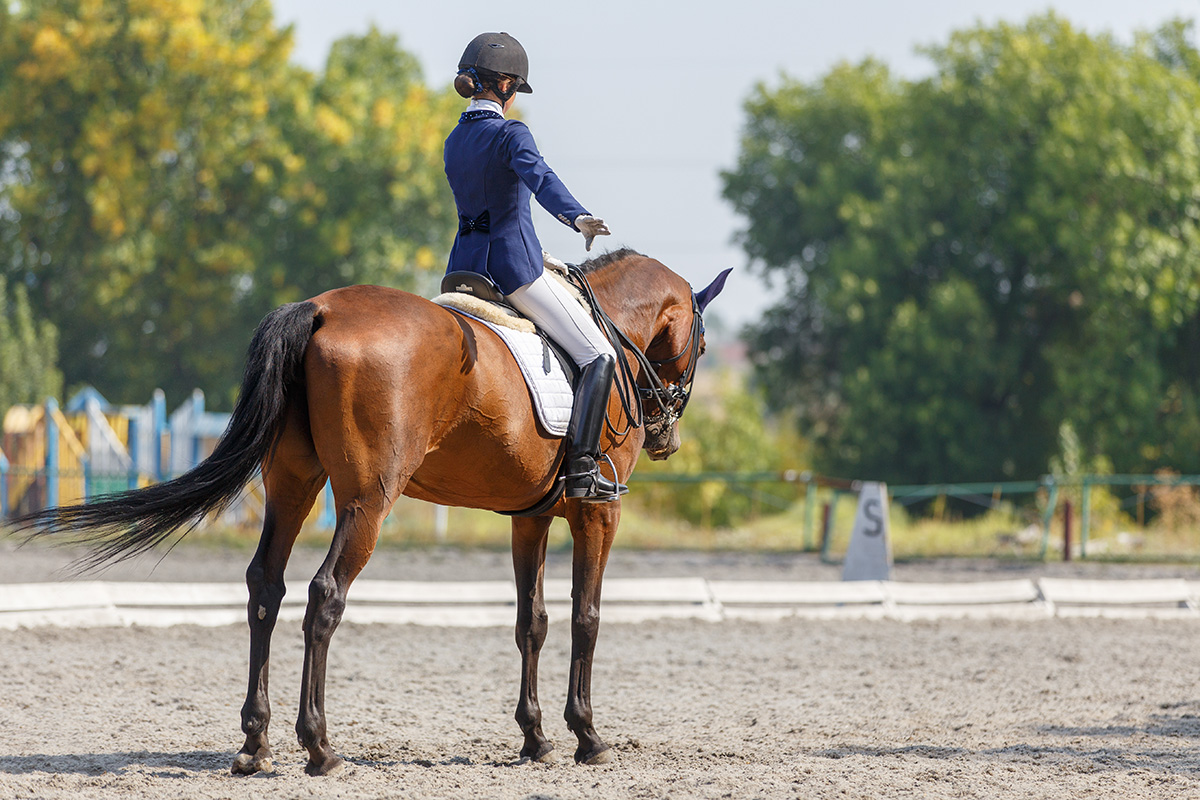
One time my daughter went into a hunt seat class and had the ride of her life. She ended up placing last because we forgot to put her number on. Don’t muck up your chances because you weren’t prepared. Preparation is key. Don’t lose your shot at a great ride because of a simple mistake, like forgetting your number or gear. Make a checklist, double-check your bag, and be sure to read the show rules before you load up.
Also Read: Packing for a Horse Show
Forgetting to Listen to Your Horse
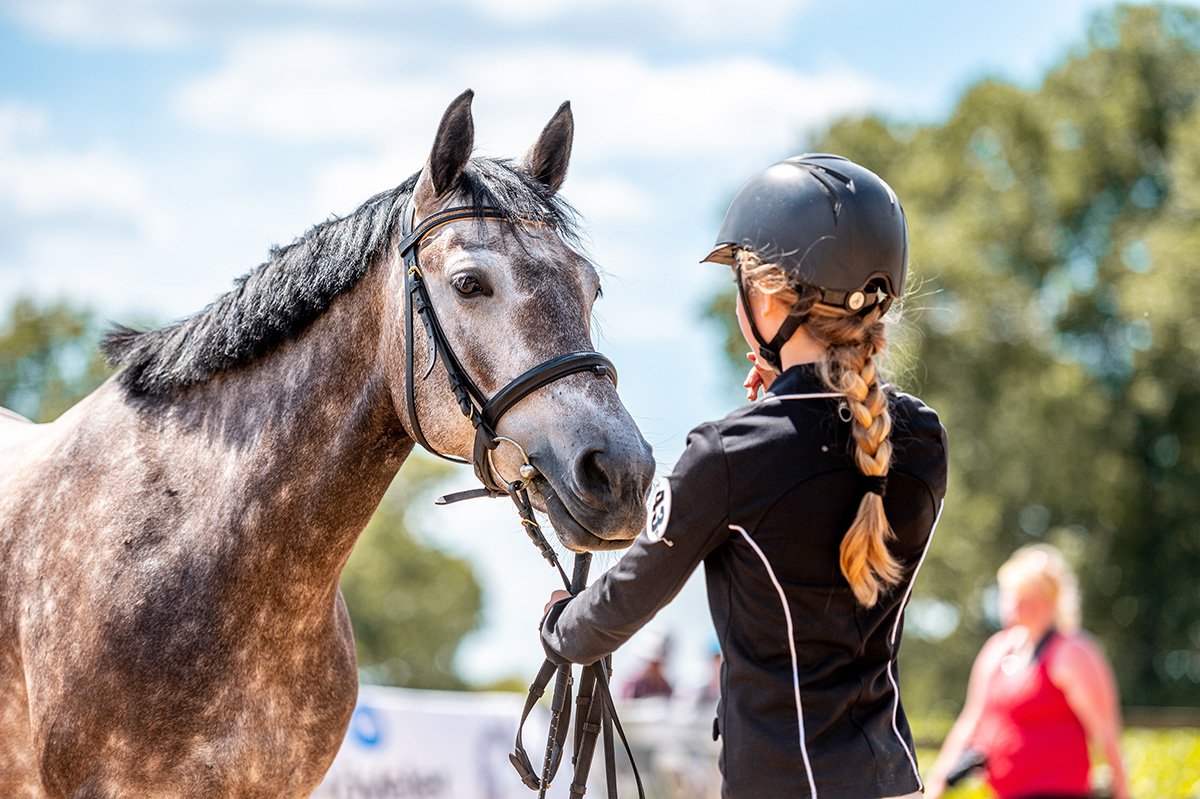
Horses can’t use words, but they communicate plenty through their actions. Yes, there are moments when a horse will be feisty or hateful for no good reason but if there’s a persistent issue, there’s a good chance that your horse is in pain or he is confused with what you are asking, which causes frustration. Remember it’s always important to use positive reinforcement to work through behavioral issues and take the time to understand what your horse is trying to tell you. And, of course, your vet can be a great resource to get to the root of why your horse is acting up.
Forgetting That Horses Can Be Unpredictable
“Listen to safety precautions—they exist for a reason” – Danielle Kuhn
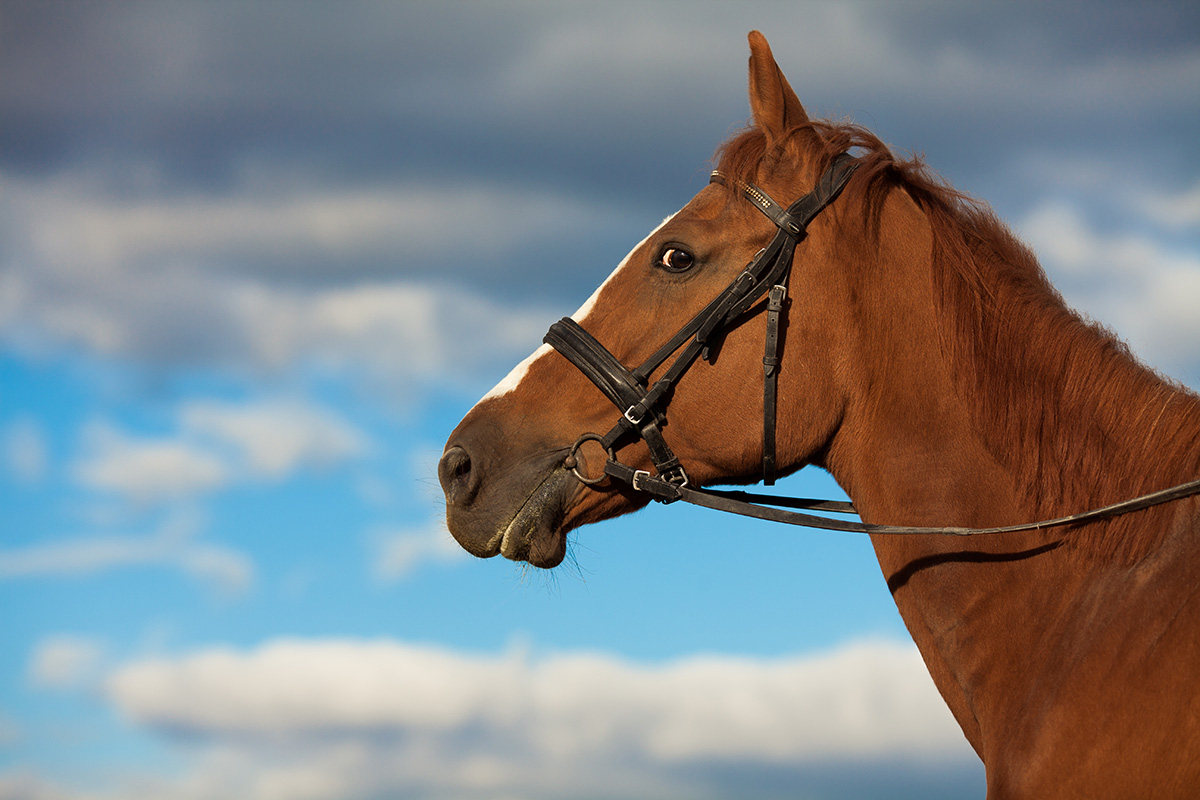
Horses are prey animals, which means even the gentlest one can react unpredictably. Stay mindful, be cautious, and learn from your mistakes so you can handle each situation better next time.
Being Too Generous with Showsheen
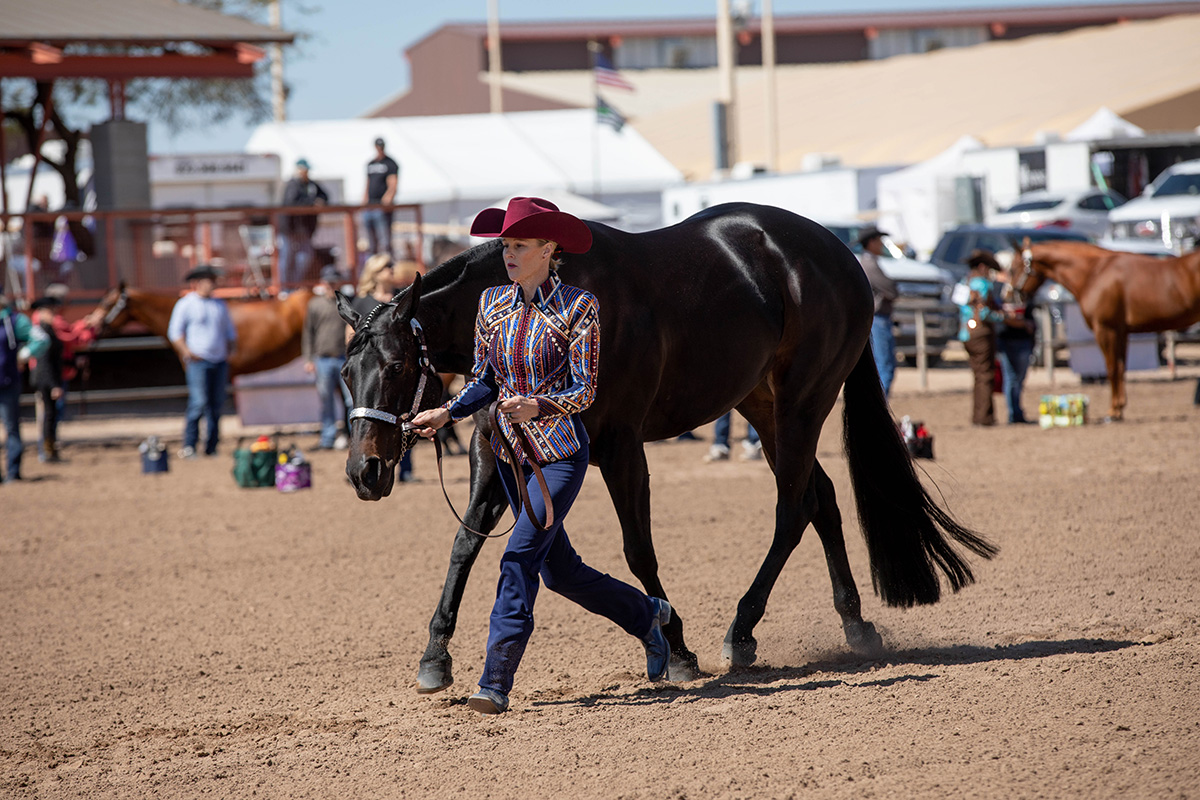
One lesson that really stuck with me happened during my daughter’s first show with her horse, Sugar. We were getting Sugar ready for the halter class, and we sprayed her from top to bottom with Showsheen—a spray that makes your horse’s coat slick and shiny. Sugar’s coat looked amazing, glistening in the sunlight. She placed in her halter class, and we were feeling great.
Then came the western classes. After the showmanship class, we saddled Sugar up, and everything seemed fine until my daughter went to mount. The saddle slipped! I checked the straps, and they were tight enough, but even once she got on, she was sliding around like crazy. Talk about stressful! She still managed to pull through and win high point in her age group, but it was definitely a nerve-racking show day.
Later, when we were back at the barn, we told the barn owner about our mishap. She just laughed and said, “Oh yeah, that’s a mistake we’ve all made starting out.” Turns out, you should never be liberal with the Showsheen where the saddle goes—it makes everything way too slippery. That little tip was a total game-changer for us.
Key Takeaway
The bottom line? Horses are incredible teachers if we’re willing to listen and learn—from them and from seasoned equestrians. By sharing tips and stories, we can all grow into better, safer horse people.
This article about mistakes for beginner horse people to avoid is a web exclusive for Young Rider magazine. Click here to subscribe!


